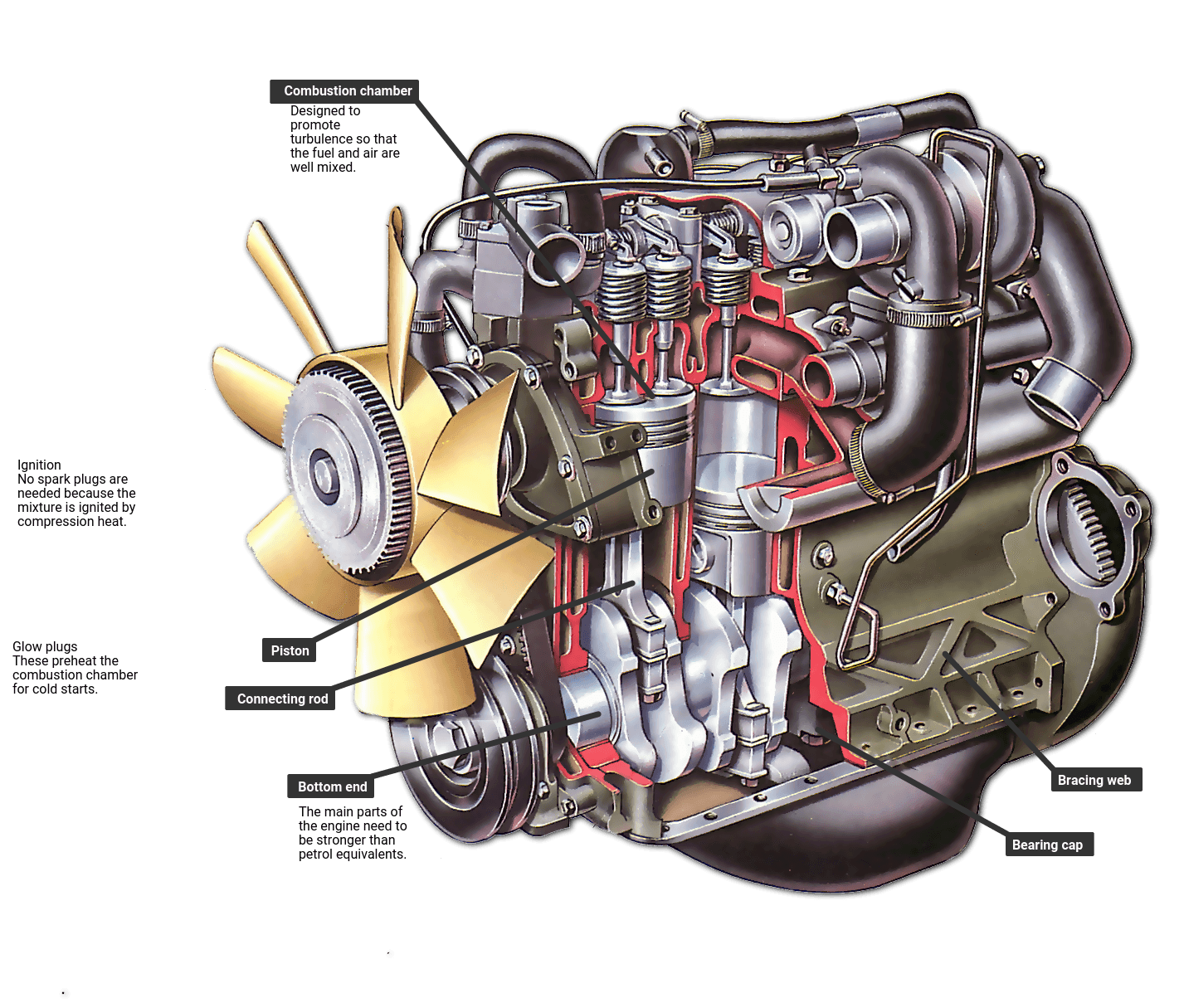Engines for Africa Available Now! See Our Relied On Automobile Components Shop
Engines for Africa Available Now! See Our Relied On Automobile Components Shop
Blog Article
The Quest for Ultimate Driving Power: Exploring the Peak of Engine Efficiency and Technological Advancements in the Automotive Field
In the world of auto design, the pursuit of maximum driving power has been an unrelenting pursuit that has unfolded through the evolution of engine style and the integration of cutting-edge innovations. From the careful craftsmanship of burning engines to the quick developments in electric propulsion systems, the automobile industry stands at the cusp of a new age defined by extraordinary efficiency abilities.
Advancement of Engine Style

Furthermore, the assimilation of turbocharging and turbo charging innovations has actually revolutionized engine design by increasing power without significantly increasing engine size. These forced induction systems compress the consumption air, permitting even more fuel to be ignited, thereby producing greater power outcome from a smaller engine. This advancement has actually been especially vital in boosting the efficiency of smaller displacement engines while keeping gas efficiency requirements.

Performance-Enhancing Fuel Technologies
The implementation of innovative gas innovations has dramatically added to enhancing engine efficiency in modern vehicles. Biofuels, obtained from eco-friendly sources like sugarcane, corn, or algae, offer boosted and minimized discharges engine performance. Furthermore, gas additives and detergents are being developed to clean engine parts, optimize burning, and decrease rubbing, therefore increasing total car efficiency.
Advancements in Electric Propulsion
Significant strides in electric propulsion technology have actually revolutionized the vehicle sector, leading the way for a brand-new age of reliable and sustainable transportation. Electric vehicles (EVs) are gaining popularity because of their ecological advantages and developments in battery technology, making it possible for longer driving ranges and much shorter charging times. Producers are investing greatly in r & d to boost the performance of electrical propulsion systems, focusing on enhancing power outcome, improving energy efficiency, and reducing overall weight.
One significant breakthrough in electrical propulsion is the development of sophisticated electric motors that deliver greater torque and power thickness, resulting in enhanced velocity and total driving efficiency. In addition, regenerative braking systems have actually been fine-tuned to capture and save energy during slowdown, more enhancing the efficiency of EVs.
In addition, the assimilation of clever modern technologies, such as artificial intelligence and anticipating analytics, is optimizing the management of electrical propulsion systems, guaranteeing optimal efficiency under numerous driving problems. These developments in electrical propulsion are improving the vehicle landscape, driving the market towards a more lasting and energized future.
Effect of Computational Fluid Dynamics
With improvements in electric propulsion pressing the borders of automobile innovation, the assimilation of Computational Fluid Characteristics is playing a critical duty in optimizing aerodynamic performance and enhancing total performance in lorry design. special info Computational Liquid Characteristics (CFD) includes the usage of computer simulations to evaluate the flow of air around a vehicle, enabling engineers to predict how layout changes will influence aerodynamics without the demand for costly physical models. By precisely modeling airflow patterns, CFD permits for the refinement of automobile shapes to lower drag, boost air conditioning, and boost stability.
One secret advantage of using CFD in automobile style is the ability to repeat rapidly, exploring numerous design variations to identify the most aerodynamically efficient solutions. This repetitive procedure leads to vehicles that are not only sleeker and a lot more aesthetically appealing but likewise more environmentally friendly and fuel-efficient. In addition, CFD makes it possible for designers to optimize air movement around components such as radiators, engine bays, and wheel wells, adding to boosted performance and overall driving experience. To conclude, the combination of Computational Fluid Characteristics represents a substantial advance in the pursuit for utmost driving power and performance in the automobile sector.
Future Patterns in Engine Advancement
In the dynamic landscape of vehicle design, advanced advancements are shaping the future trajectory of engine innovation. The future of engine design is marked by a solid focus on efficiency, performance, and sustainability. Suppliers are significantly focusing on establishing engines that not only provide high power results but likewise focus on ecological responsibility by decreasing discharges and enhancing discover this gas performance.
One noticeable pattern in engine advancement is the surge of electrification. Hybrid and electric powertrains are acquiring traction as feasible alternatives to conventional burning engines. These innovations offer the capacity for considerable decreases in carbon exhausts and boosted power effectiveness, aligning with international initiatives to battle environment modification.
Moreover, developments in products scientific research and production strategies are making it possible for the manufacturing of lighter and a lot more resilient engine components. This shift towards light-weight materials such as carbon fiber and light weight aluminum alloys adds to boosted performance and gas economy.
Conclusion
In verdict, the pursuit of best driving power in the automobile field remains to drive developments in engine style, gas innovations, electrical propulsion, and computational fluid dynamics. The development of these innovations is shaping the future of engine technology, paving the way for a lot more effective and powerful vehicles (engines for africa). As the market remains to press the limits of what is possible, we can anticipate to see a lot more innovative growths in the mission for peak performance
One of the vital landmarks in engine style development is the transition from typical carbureted engines to modern fuel-injected systems. By exactly metering the gas delivery to each cyndrical tube, fuel-injected engines maximize combustion, resulting in far better performance and reduced view it environmental impact.
Additionally, the integration of turbocharging and turbo charging innovations has actually revolutionized engine layout by increasing power without substantially boosting engine size (engines for africa).The implementation of innovative fuel technologies has actually significantly added to improving engine efficiency in contemporary lorries. Additionally, gas ingredients and detergents are being formulated to tidy engine elements, optimize burning, and lower rubbing, thus boosting general automobile efficiency
Report this page